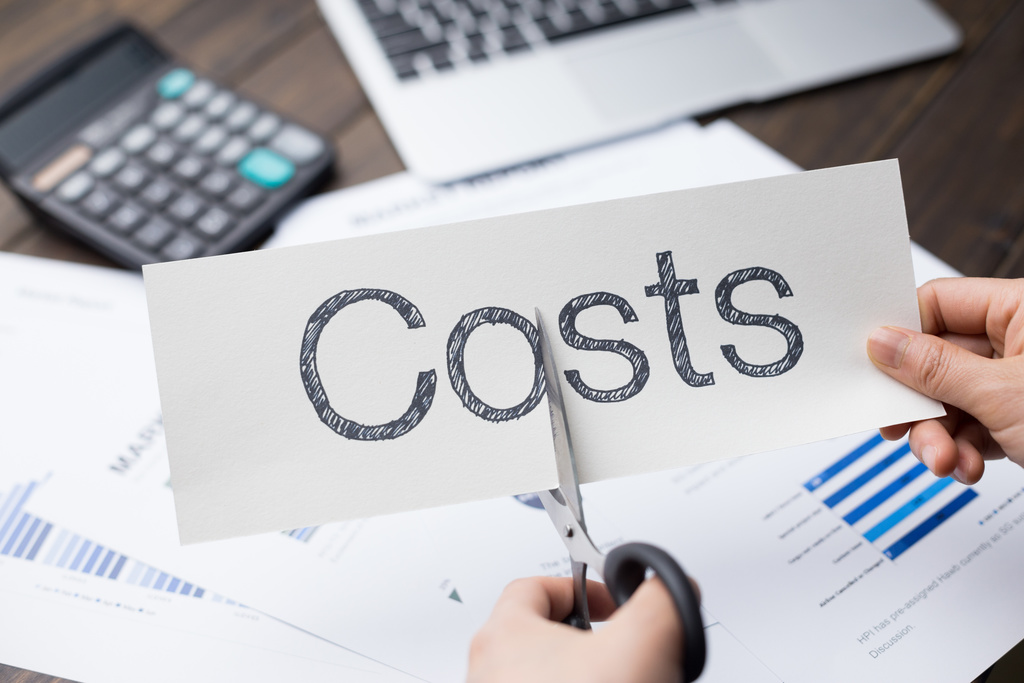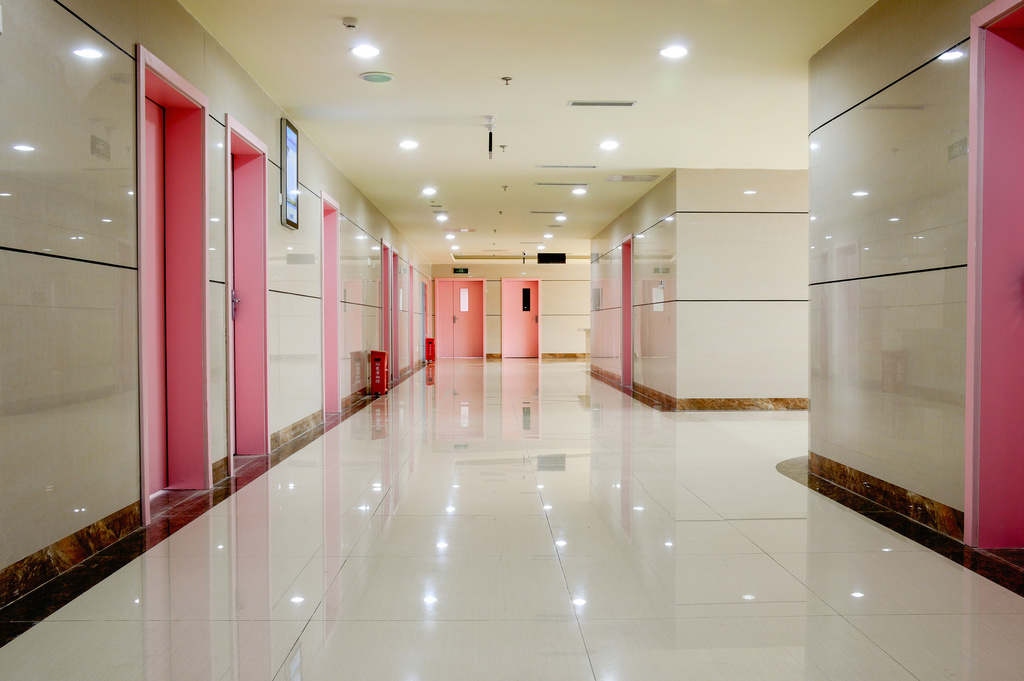
How Can A Proactive Maintenance Program Reduce Facility Management Costs?
A good facility manager has to walk a fine line between keeping assets like flooring, carpets and lighting properly maintained and staying within budget requirements.
That’s where a proactive maintenance program can be a facility manager’s best friend. Because an investment in maintaining assets now can mean saving big bucks later on. Let’s dive in to explore how proactive maintenance programs can save companies and their facility managers time, money— and headaches.
To get started, let’s review a couple of definitions:
Reactive Maintenance
This is a “run to failure” model whereby managers address problems and breakdowns as they happen.
Proactive Maintenance
Also known as “preventative maintenance,” this strategy uses a total quality management approach to determine the root causes of breakdowns and failures.
Action can be taken to remove any circumstances that lead to these failures so that assets realize their full life expectancy and are more reliable.
Predictive Maintenance
Also referred to as “programmed maintenance,” predictive maintenance produces benchmarks by which managers monitor the condition and performance of building assets (sometimes even using sophisticated software programs to assist in this process).
Often used in tandem with preventative maintenance, predictive maintenance uses testing, inspection and facility asset histories to identify trends and predict when maintenance will likely be needed, so a regular schedule can be set up.
Which is Better?
Don’t Fall Into a Common Trap
Although the least effective and often the most expensive strategy, many facility managers fall into the trap of thinking they’re saving money with a reactive maintenance approach.
Reactive maintenance programs only produce cost savings provided nothing ever breaks down or needs to be repaired. Which is, of course, totally unrealistic.
The Benefits of Being Proactive
Proactive and predictive maintenance programs require some planning and initial investment, but because they address problems ahead of time, and can also predict optimal maintenance frequencies, facility managers can take measures to maximize the life cycle of equipment and assets.
Additionally, implementing proactive maintenance programs help reduce or even eliminate hidden costs associated with break-fix or run-to-failure strategies (which, let’s face it, aren’t very strategic at all).
When an asset fails without warning, facility managers are then forced into paying for expensive replacements and services because they’re in crisis mode, and waiting for something to break down before performing any maintenance can even threaten normal business operations.

How Can I Be More Proactive and Reduce Facility Management Costs?
Armed with a preventative, predictive plan, managers can work within facility maintenance patterns to keep floors, lighting and HVAC systems in optimal shape, reducing the likelihood their business (or tenant’s business) is disrupted.
With some initial effort, managers can create a plan that includes checklists and employs green strategies to save on facility costs as well.
Itemizing Energy Use & The Advantage of Efficient Lighting
If you don’t know where your utility line item dollars are spent, you can’t identify ways to save money on this line item.
Taking the time to break down a building’s monthly or annual energy use is a way to identify how small energy-saving measures can add up to big cost savings.
For example, the EPA estimates, roughly 35% (or a little over a third) of an average building’s energy costs are tied to the efficiency of its lighting.
So upgrading or including lighting efficiency measures in a maintenance plan— like using energy-saving LED’s and replacing them regularly — can produce significant cost savings. (It’s important to note that LEDs can last as much as fifty times longer than incandescent bulbs.)
Preventive maintenance would also include things like ensuring lights are shut off when the janitorial team leaves at night, and any other time the building is expected to be empty.
Create Good Systems, Procedures and Checklists
Bear in mind that your maintenance plan and procedures should be reviewed and updated regularly.
New steps or items on a checklist may be necessary, while others might no longer be required and, especially if repetitive, could be creating an unnecessary expense.
Reviewing historical data and creating a fixed schedule including a thorough checklist of asset maintenance activities can be hugely beneficial and can help increase the lifespan of carpets, flooring and HVAC systems.
Regular Carpet Cleaning
It’s advisable to schedule a certified, professional commercial carpet cleaner to maintain and clean your carpets regularly (at least once per year— or more depending on traffic levels), which not only creates a fresh, professional environment but also lengthens the life of the carpeting.
A reputable service will offer a variety of options for carpet cleaning, including ones that are typically used for annual cleanings (like hot water extraction), and others that are effective interim solutions (like bonnet and encapsulation cleaning methods).
Flooring Maintenance and Cleaning Schedule
Creating a schedule for professional floor maintenance and cleaning, whether daily or periodic, is an effective way to prevent damage and keep the flooring looking beautiful.
Whether plank, sheet, tile, marble, wood or stone, reputable professionals will knowledgeable in all types of flooring and how best to clean and maintain each.
For example, regular cleaning of stone floors prevent grout from looking dull and dirty. Proper maintenance of marble floors may include daily and routine cleaning as well as removal of stains and scratches. Floor waxing services not only provides shine but perhaps more importantly, protects them and ensures they are safe for foot traffic.
Use the Right People The First Time
Knowledgeable technicians and maintenance workers can often advise on the most recent efficiency and green systems, and because they are trained to use best practices, will likely spend less time on a project, saving you time and money.
Conversely, using technicians and maintenance workers who aren’t experienced and trained can cause further damage to something already in need of repair. Having to redo repairs or maintenance tasks can significantly reduce your ability to save time and money. Better to get it done right the first time with experienced, knowledgeable staff.
To learn more about how a knowledgeable, reputable and professional cleaning and maintenance company can help you reduce facility management costs, we invite you to connect with All Building Cleaning Corp. to get a quote today.

